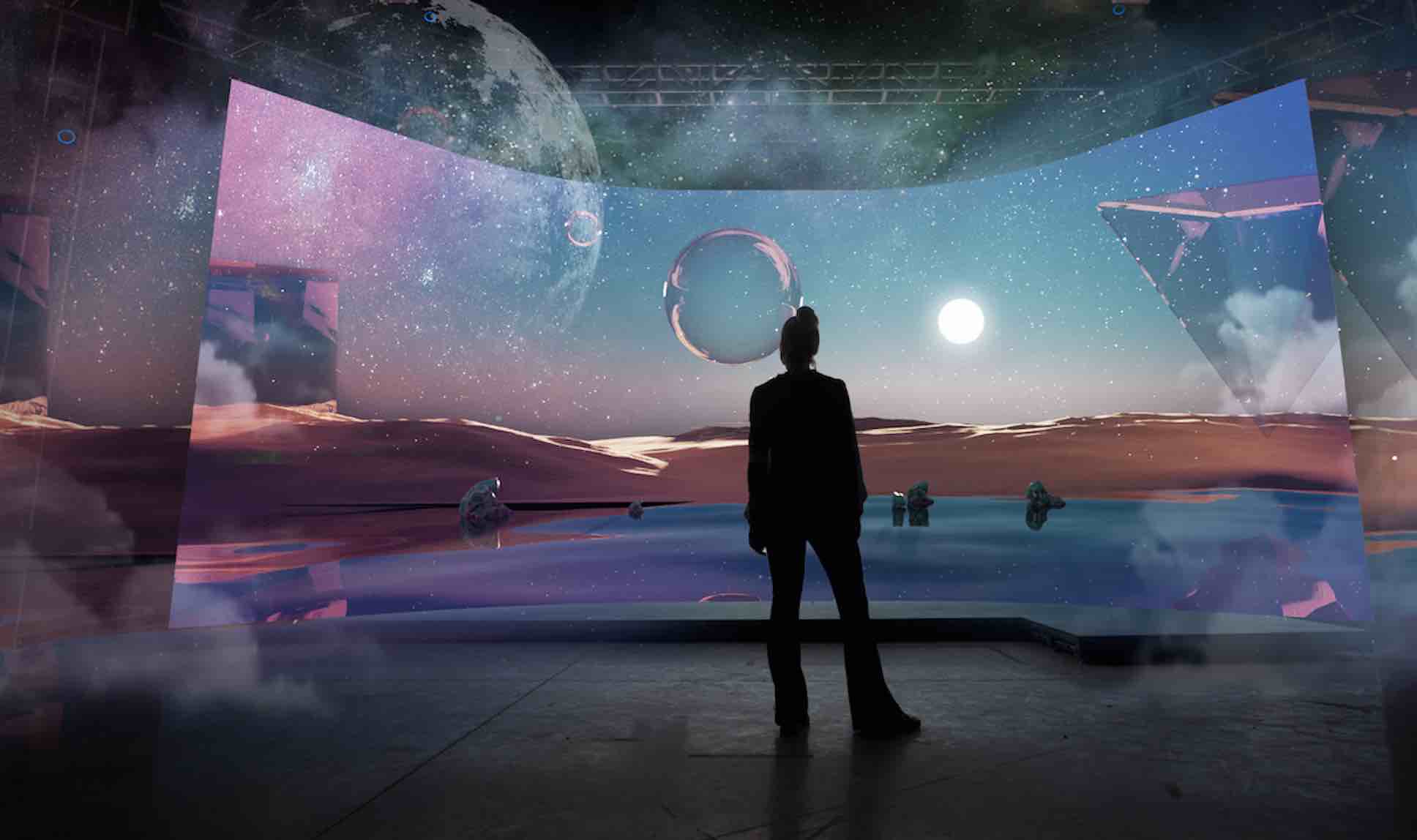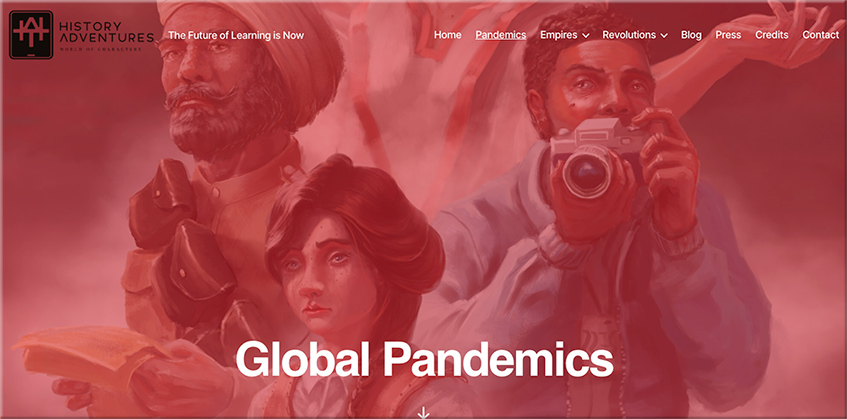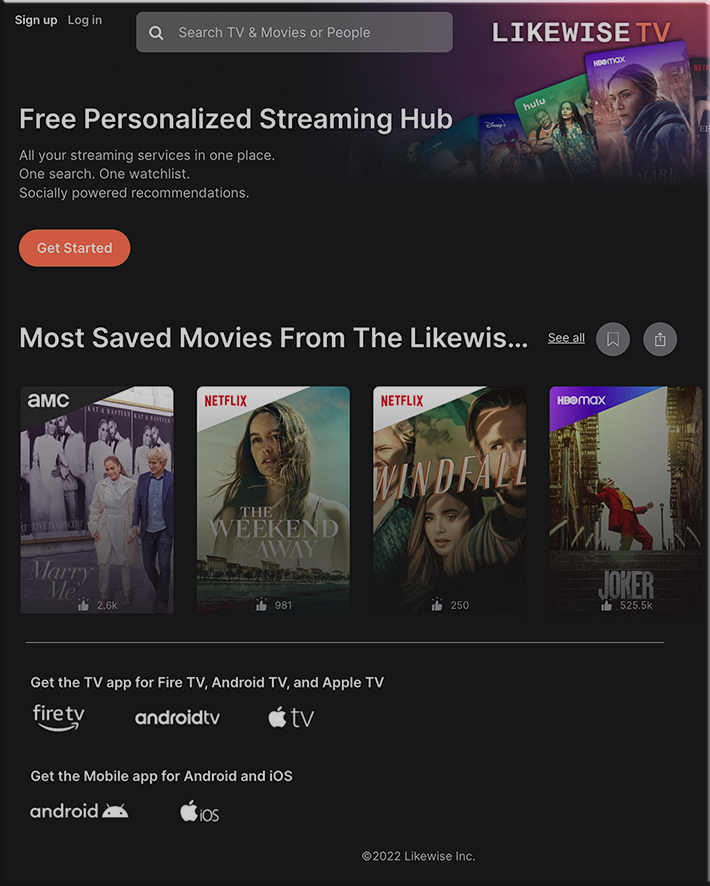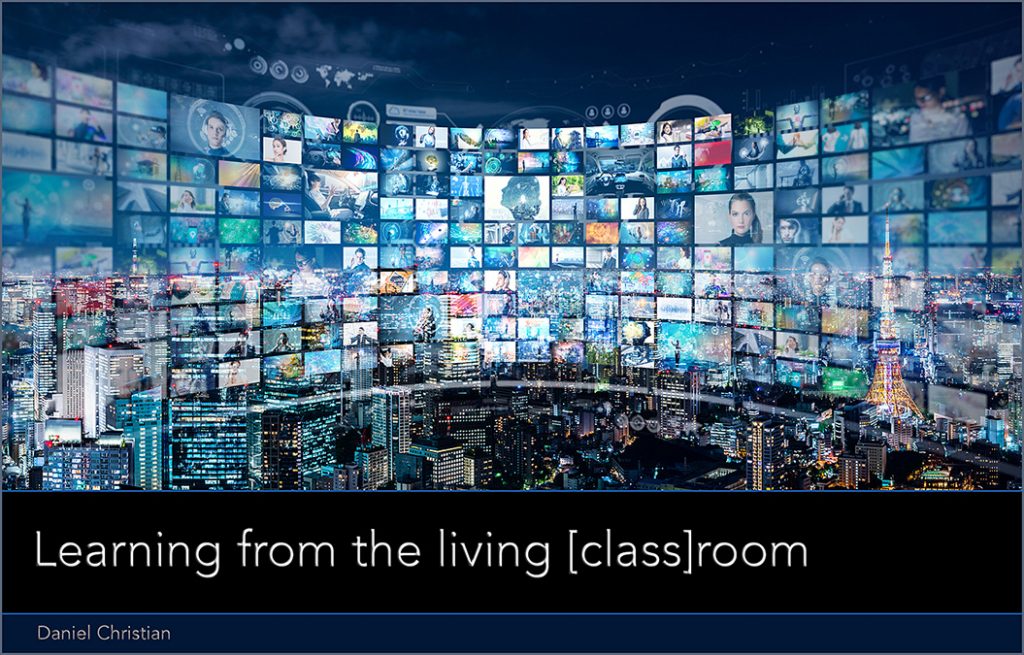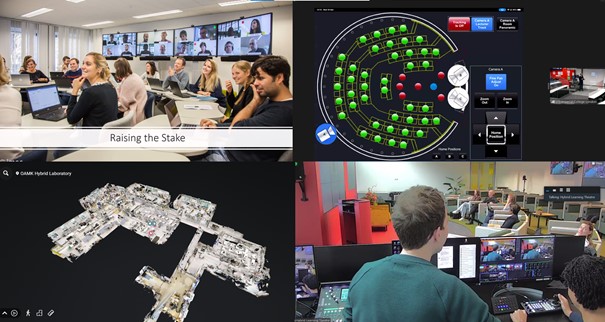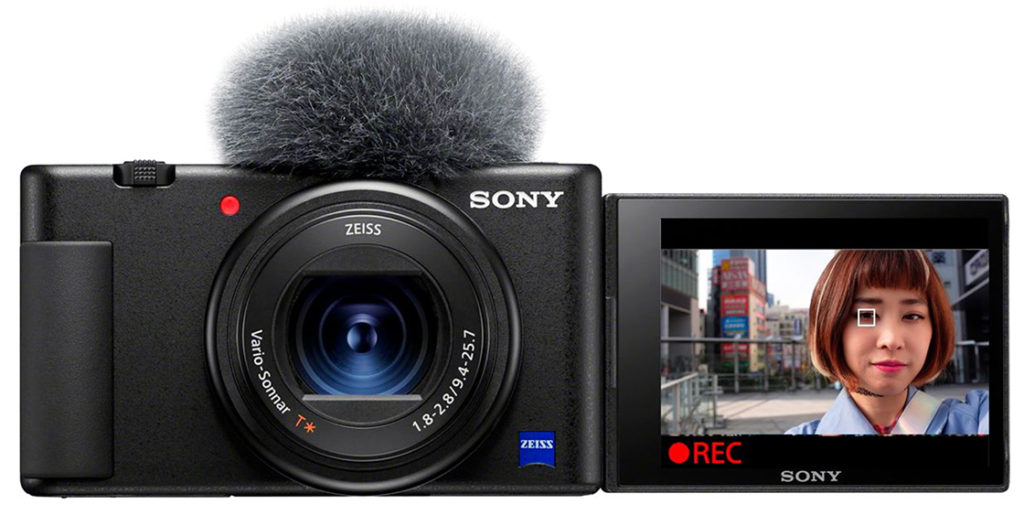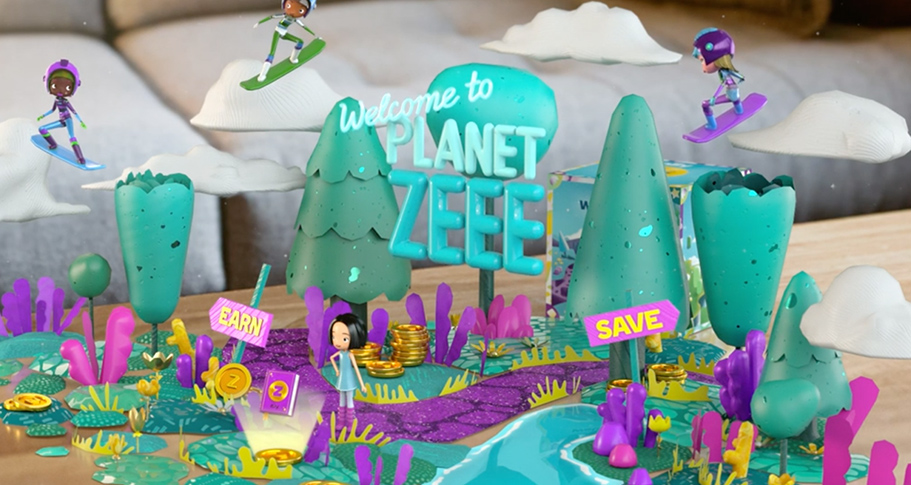The future of video entertainment: Immersive, gamified, and diverse — from mckinsey.com
“There’ll be a blurring of the lines between things we watch and things we play”
What The Future Of Technology In The Workplace Means For Office Design And Operations — from workdesign.com by Mara Hauser
Excerpt:
Advances in technology continue to influence the workplace as corporate entities and coworking operators are confronted with modern challenges surrounding productivity and collaboration. We lead teams to execute intentional designs that reflect brand vision and produce lively, productive workspaces. With the growing demand from employees for workplace flexibility, these technological advancements must be reflected in both office design and business practices in order to add value and ultimately achieve operational excellence.
.
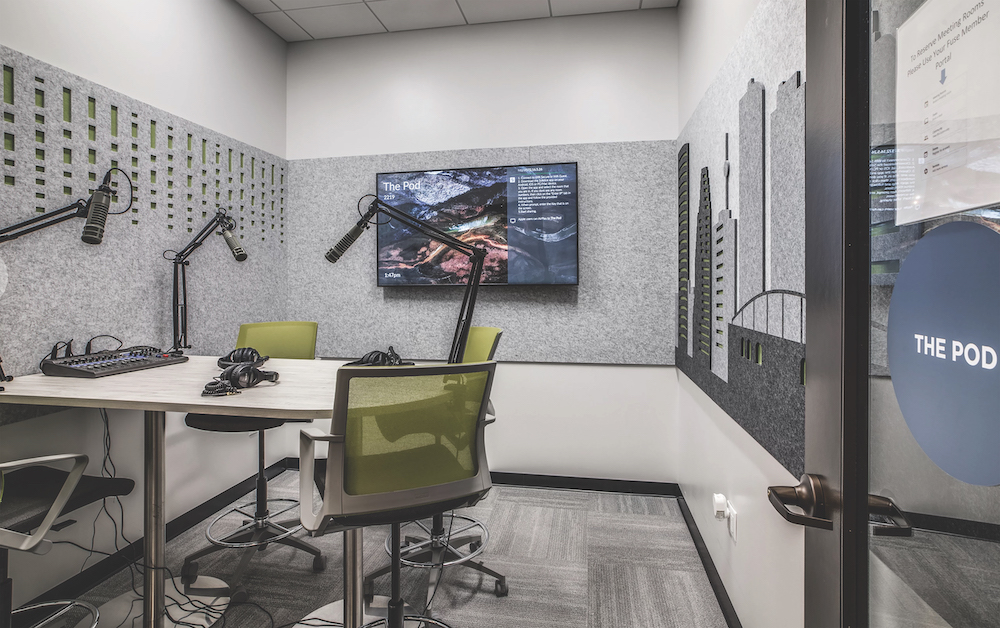 Podcasting studio at FUSE Workspace in Houston, TX.
Podcasting studio at FUSE Workspace in Houston, TX.
Why Improving Student Learning is So Hard — from opencontent.org by David Wiley
Excerpt:
2. Student behavior will normally change only in response to changes in faculty behavior – specifically, the assignments faculty give and the support faculty provide.
For many students, the things-they-do-to-learn are all located within the relatively small universe of things their faculty assign them to do – read chapters, complete homework assignments, etc. For a variety of reasons, and many of them perfectly good reasons, “students don’t do optional” – they only do what they’re going to be graded on.
Therefore, students will likely engage in more effective learning behaviors ONLY IF their faculty assign them more effective learning activities. Faculty can further increase the likelihood of students engaging in more effective learning activities if they support them appropriately throughout the process.
From DSC:
I can put an “Amen” to the above excerpt. For years I managed a Teaching & Learning Digital Studio. Most of the students didn’t come into the Studio for help, because most of the faculty members assigned the normal kinds of things (papers, quizzes, and such). Had there been more digitally-created means of showing what students knew, there would have been more usage of the T&L Digital Studio.
Also, if we want to foster more creativity and innovation — as well as give our learners more choice and more control over their learning — we should occasionally get away from the traditional papers.
Another comment here is that it’s hard to change what faculty members do, when Instructional Designers can’t even get in the car to help faculty members navigate. We need more team-based efforts in designing our learning experiences.
Clockwise from top left (KU Leuven, Imperial College London, University of Amsterdam,
Oulu University of Applied Sciences, Finland
.
A virtual tour of four advanced hybrid learning spaces — from zacwoolfitt.blogspot.com by Zac Woolfitt
Excerpt:
What are the next developments in the Hybrid Virtual Classroom? What kind of spaces might we be teaching in soon?
On March 16th we glimpsed the future. Colleagues from 4 higher education institutes gave virtual tours of their technology rich learning spaces in Belgium, England, Finland and the Netherlands. Media and Learning arranged the session [i]. (Disclosure: Zac is on their advisory panel of Media and Learning).
From DSC:
Here in the U.S., some would promote the use of the word “Hyflex” here instead of hybrid or blended learning — as it sounds like they are simultaneously teaching students in a physical classroom along with online-based learners.









